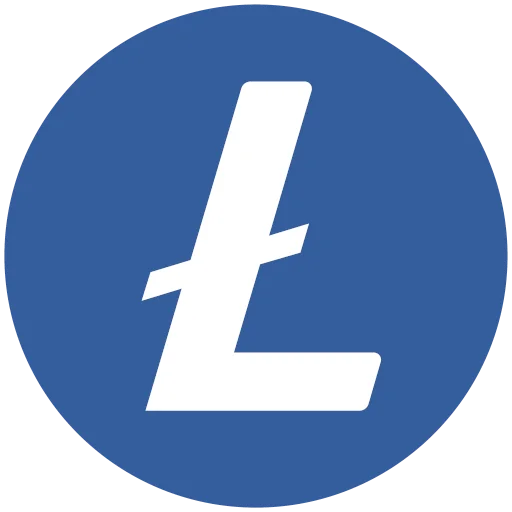Why Litecoin?
Litecoin (LTC) is often referred to as the “silver to Bitcoin’s gold” and made its debut in October 2011. It was created by Charlie Lee, and shares Bitcoin’s decentralized ethos. It offers fast transaction confirmation times and operates on a transparent, decentralized network, emphasizing the principles of decentralization and peer-to-peer transactions.
01
Faster transaction speeds compared to Bitcoin, suitable for daily transactions.
02
A cost-effective solution for transferring value across its network
03
An active dev community works on enhancing features and innovation.
04
Built a strong reputation for its reliability & security, resulting in trust.
What stands out?
Litecoin is a peer-to-peer cryptocurrency known for its faster transaction confirmation times and improved storage efficiency compared to Bitcoin.
Introduction to Litecoin
Litecoin operates on a decentralized blockchain similar to Bitcoin but with certain technical distinctions. It was created as a fork of the Bitcoin Core client. The primary aim was to provide a faster and more efficient alternative to Bitcoin for everyday transactions.
How does it work?
Litecoin works on a proof-of-work consensus mechanism. It works with Scrypt as its hashing algorithm, which allows for faster block generation times compared to Bitcoin. Blocks are generated approximately every 2.5 minutes, four times faster than Bitcoin’s 10-minute block time. This quicker block time enables to process transactions more rapidly, making it suitable for everyday use. LTC has a maximum supply cap of 84 million coins, four times higher than Bitcoin’s 21 million.
Utilization
Litecoin can be utilized for various purposes, including online purchases, remittances, and peer-to-peer transfers. Users can store LTC in wallets, which come in various forms such as desktop, mobile, web, and hardware wallets. To send LTC, you need the recipient’s wallet address. They have to input your address in their wallet along with the desired amount. Then the transactions can be broadcasted to the network, where miners validate and add them to the blockchain. Because of the efficient blockchain and lower transaction fees make it particularly handy for micropayments and daily transactions.
Litecoin in a nutshell
In conclusion, Litecoin operates as layer 1 blockchain, with it’s own consensus mechanism being Proof of Work (PoW) and has its own native coin LTC on-chain.

